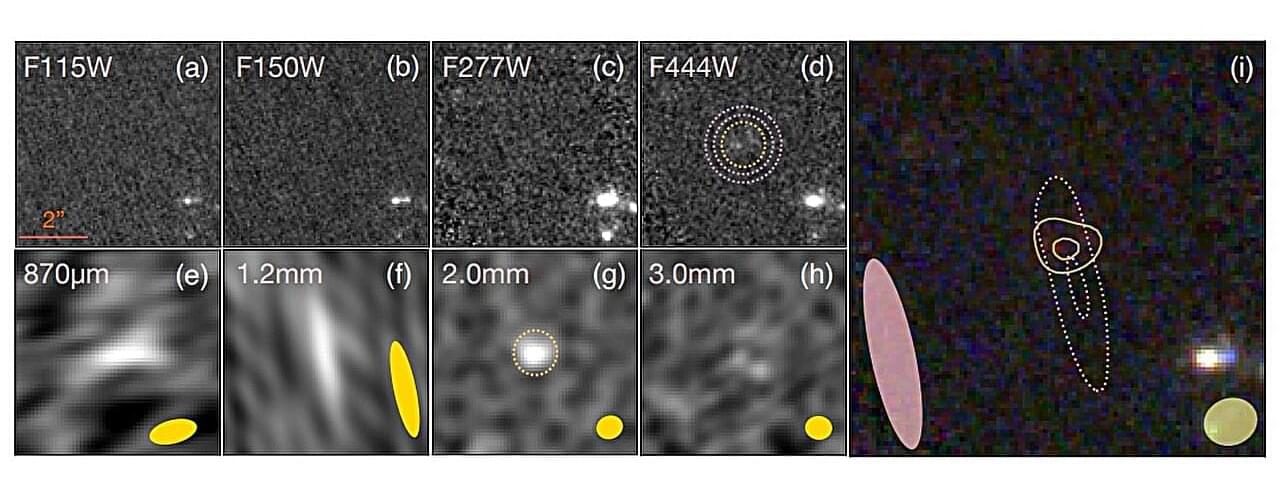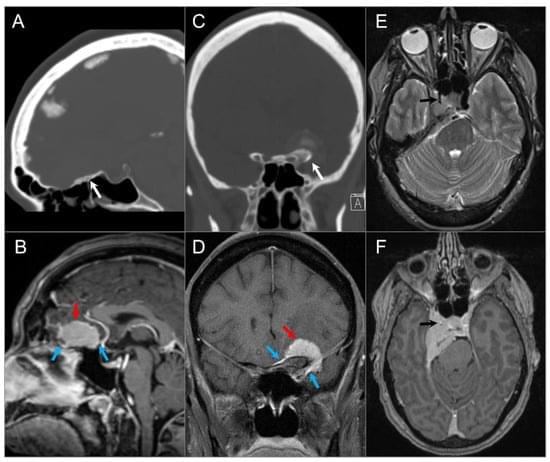Most strikingly, the paper claims four genuinely new mathematical results, carefully verified by the human mathematicians involved. In a discipline where truth is eternal and progress is measured in decades, an AI contributed novel insights that helped settle previously unsolved problems. The authors stress these contributions are “modest in scope but profound in implication”—not because they’re minor, but because they represent a proof of concept. If GPT-5 can do this now, what comes next?
The paper carries an undercurrent of urgency: many scientists still don’t realize what’s possible. The authors are essentially saying, “Look, this is already working for us—don’t get left behind.” Yet they avoid boosterism, emphasizing the technology’s current limitations as clearly as its strengths.
What we’re learning from collaborations with scientists.







